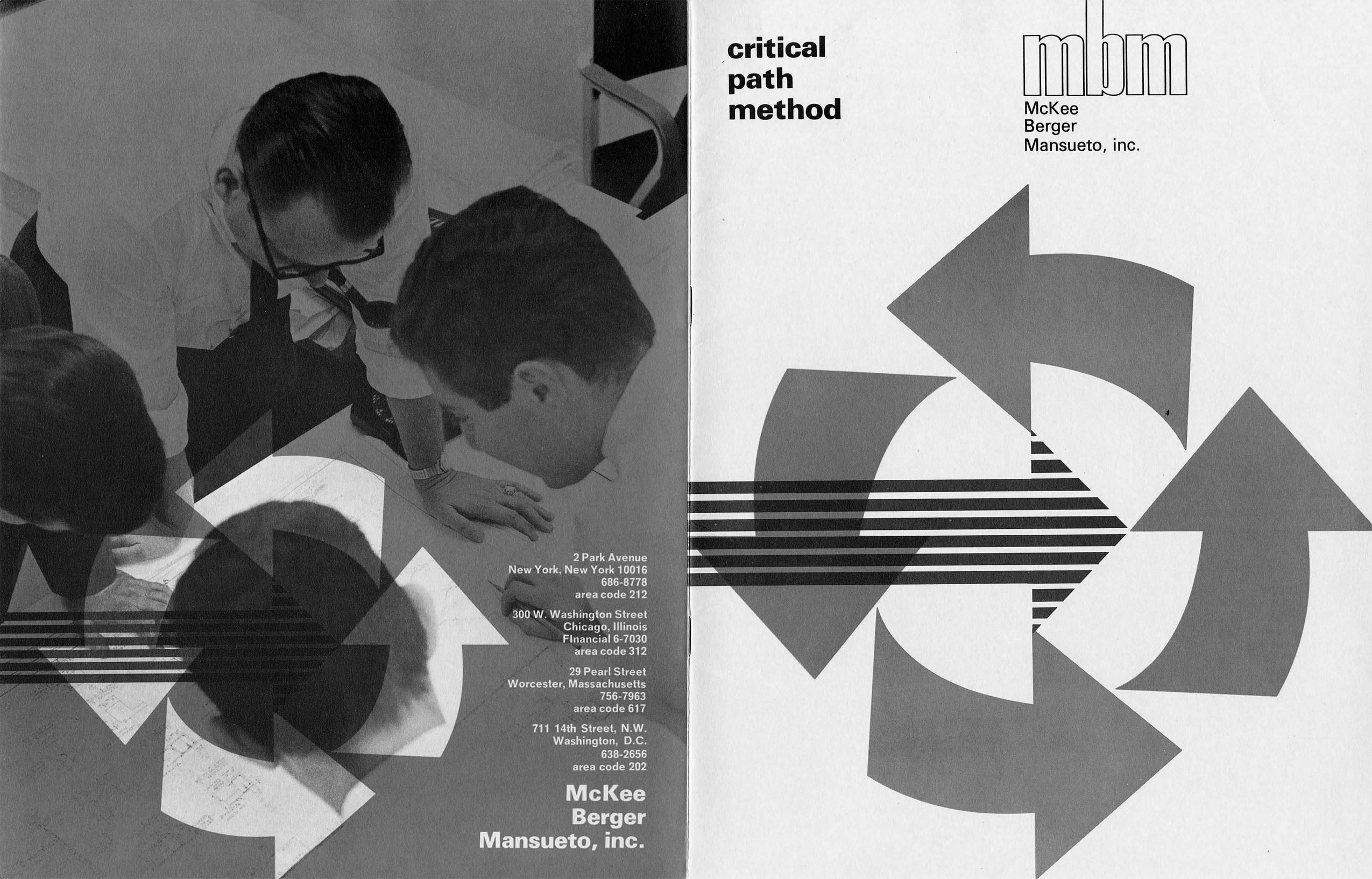Society of Architectural Historians Annual Conference
Logical Flow: Critical Path Construction Scheduling in the 1960s
Conference Presentation, April 2019

Scheduling construction projects
requires managerial expertise that contractors often lack and architects routinely
spurn. This important pre-construction practice saw dramatic change in the
1960s with the emergence of the Critical Path Method (CPM). Still in use today,
CPM was originally developed by the DuPont Corporation to schedule and estimate
costs for complex research and development projects. It helps schedulers
determine which tasks are most critical, thus making it easier to assess and
respond to delays as they arise. Its primary innovation was a graphical system
of task mapping called an arrow diagram. More than a mere schedule, these
diagrams show the “logical flow” of a project. The eponymous critical path,
traced from one key task to the next, reveals the total time expected to
complete the project. By the mid-1960s general contractors, architects, and
particularly construction managers had adopted CPM as an effective means to
coordinate and schedule projects. The method’s computerization in the late 1960s
quickly put architects on the outside looking in as numerical outputs replaced graphical.
Absent arrow diagrams and with its capacity to visualize “logical flow” gone, interest
in CPM waned among all but the most specialized project managers. CPM’s story
raises important questions for an architectural history of pre-construction. To
what extent do architects’ graphical sensibilities predispose them to view management
tasks as unworthy of their attention? Is it logical or ludicrous that critical procedures
like construction scheduling find themselves exiled from architectural practice?
Brochure advertising the services of McKee Berger Mansueto, Inc., a specialist in construction management using the Critical Path Method, ca. 1967.
Brochure advertising the services of McKee Berger Mansueto, Inc., a specialist in construction management using the Critical Path Method, ca. 1967.